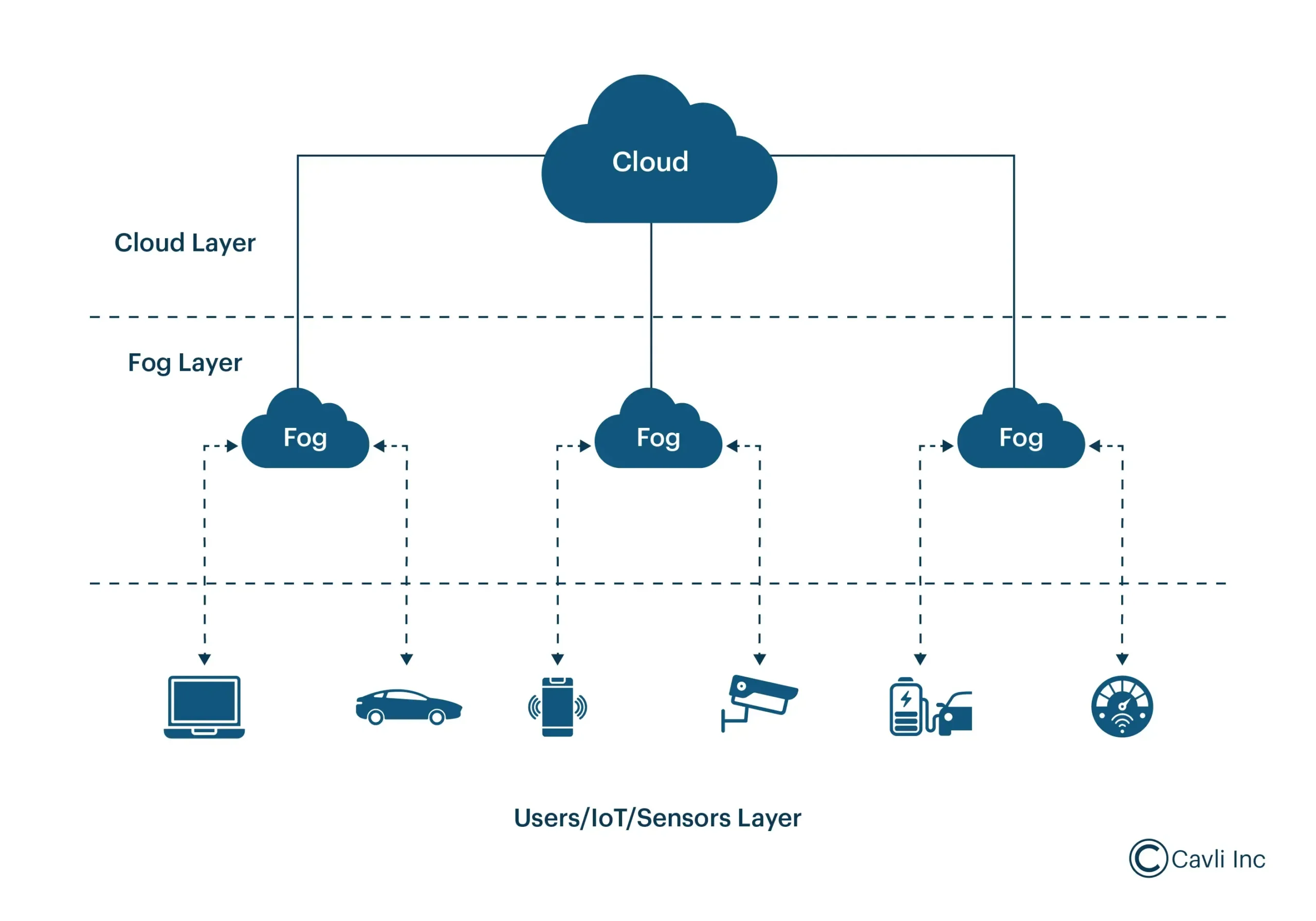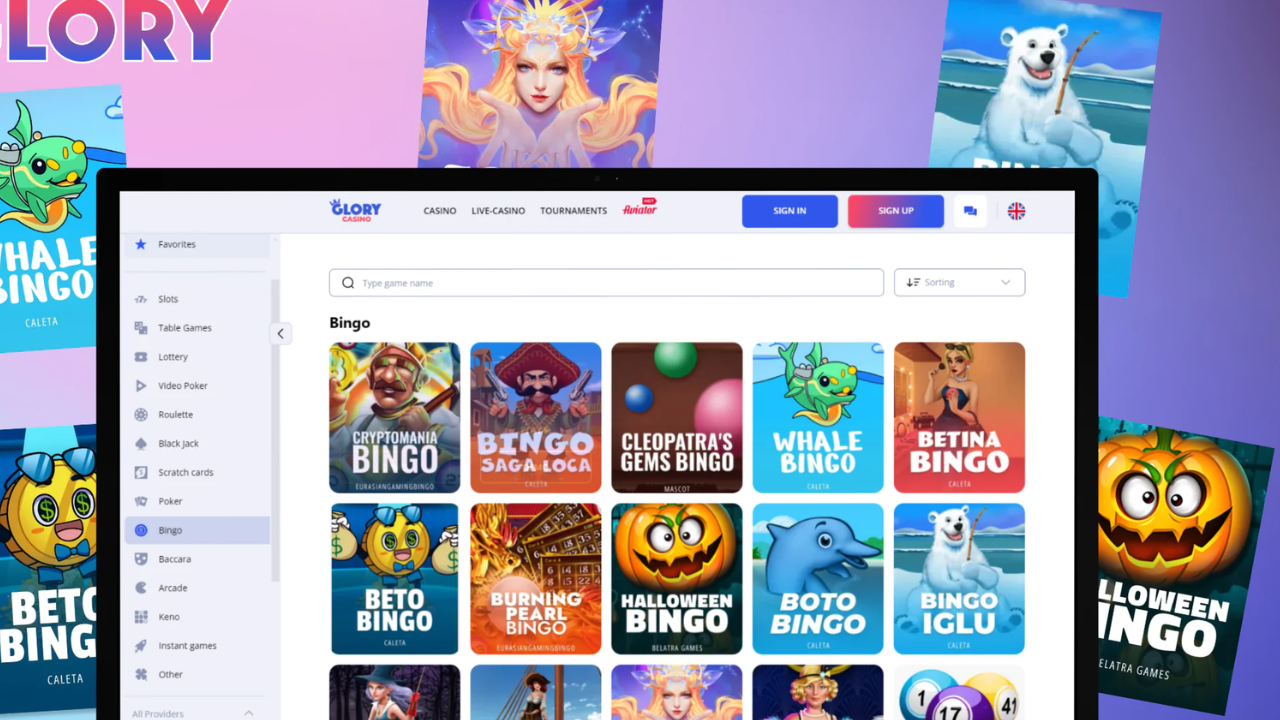In today’s fast-paced sports world, fans expect real-time insights—and edge computing is making that possible. Platforms like Lines—with their detailed sports data and predictive tools—show the potential of applying analytics to enrich the fan experience. By processing NFL prop data close to the user, edge devices can turn any sideline, tailgate, or living room into a dynamic analytics hub.
⚡ Why Edge Moves Us Closer to the Game
Traditional cloud systems suffer from latency—sending data back and forth to distant servers introduces delays. Edge computing solves this by processing data locally, reducing lag and enabling real-time feedback. This approach is already being adopted in multiple industries to support time-sensitive applications like video streaming, autonomous vehicles, and now, real-time sports analytics.
🏈 How NFL Prop Data Powers Live Stats
NFL prop bets—player touchdowns, rushing yards, receptions—are dynamic and time-sensitive. Accessing this data live is a heavy workload. Edge devices (like mobile apps, Raspberry Pis at venues, or in-home smart displays) can cache and process prop data in real time:
- Receive live prop feeds from providers like Lines
- Calculate prop outcomes locally (e.g., current yards vs. threshold)
- Trigger notifications or UI updates instantly—no cloud round-trip needed
This gives fans up-to-the-second insight: “He’s 10 yards away from surpassing his prop target.”
🌐 Architecture for Fan-Centric Edge Apps
A robust edge-powered fan app might include:
- Edge Node (e.g., local server or mobile device)
- Persistent feed from Lines prop API
- Local cache/database for quick reference
- Real-time analytics engine, comparing in-game data to prop thresholds
- UI trigger layer, pushing alerts to users instantly
This model ensures minimal latency and high reliability—even with spotty Wi-Fi or mobile data connection.
🚀 Enhancing Experience with Rich Media
Edge computing can also manage media assets—highlights, charts, and AR content—without cloud reliance. Imagine fans at a tailgate seeing stat-based overlays on live video: “Player X needs 15 more yards to win his prop bet.” This kind of real-time overlay is only possible with low-latency local processing.
📊 Beyond the Stadium: Fan Apps at Home
Home viewing ecosystems also benefit. A smart speaker or TV integrated with edge analytics can deliver updates:
- “He just crossed his prop target!”
- Visual overlays on smart TVs
- Haptic alert on a gamepad
With edge nodes (even as simple as a smart home hub), these services can operate independently of network hiccups.
🔒 Security & Scalability Benefits
Edge computing isn’t just fast—it’s safer. Processing sensitive data locally minimizes data exposure, and distributed architecture scales smoothly. According to Intel’s Edge Computing overview, edge solutions reduce the burden on central servers, enhance data privacy, and enable real-time responsiveness—all essential for next-gen sports tech.
🧠 Edge Tech as a Development Playground
WildLabsKy is all about innovation. Try building:
- A wearable app that vibrates when a live prop changes status
- An AR overlay for smartphone cameras showing player stats as they run by
- A mini edge box for tailgate parties that syncs with stadium Wi-Fi but keeps latency low
These prototypes could signal the future of fan engagement—tight, interactive, and deeply personal.
✅ Key Takeaways
| Challenge | Edge Solution |
| Live prop-data latency | Local processing avoids round-trip delay |
| Unreliable connectivity | Edge caching ensures data persistence |
| Rich media/enhanced playback | On-device rendering of overlays and alerts |
| Scalability & security | Distributed edge architecture reduces central load and risk |
| Developer experimentation | Prototypes for wearables, AR, and tailgate apps |



